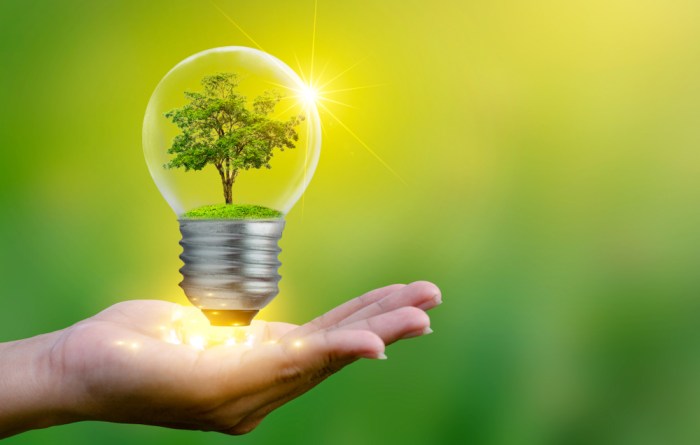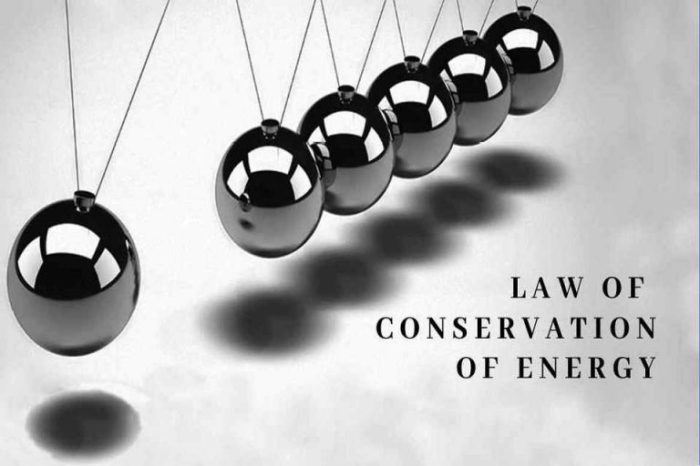
In a world grappling with the urgent need to transition to a sustainable energy future, laws play a crucial role in guiding this transformation. Sustainable energy laws, a cornerstone of environmental protection and energy security, are designed to promote the development and utilization of renewable energy sources, while simultaneously mitigating the impacts of fossil fuel dependence. These laws act as a framework for a cleaner, more resilient energy landscape, fostering innovation, investment, and responsible resource management.
This comprehensive exploration delves into the multifaceted world of sustainable energy laws, examining their various types, policy design considerations, impact, and global trends. We will explore how these laws are shaping a future where clean energy reigns supreme, contributing to a healthier planet and a more secure energy supply for generations to come.
Sustainable Energy Laws

Sustainable energy laws are a set of legal frameworks designed to promote the development and use of renewable energy sources, reduce reliance on fossil fuels, and mitigate climate change. These laws play a crucial role in transitioning to a cleaner and more sustainable energy future.
Sustainable energy laws are essential for environmental protection and energy security. They help to reduce greenhouse gas emissions, combat climate change, and ensure a reliable and affordable energy supply for future generations.
Key Principles and Goals
Sustainable energy laws are grounded in several key principles and goals, which are essential for achieving a sustainable energy future. These principles and goals guide the development and implementation of these laws.
- Promoting Renewable Energy Sources: Sustainable energy laws encourage the development and deployment of renewable energy sources, such as solar, wind, hydro, and geothermal energy. They provide incentives, such as tax credits, subsidies, and feed-in tariffs, to make renewable energy more competitive with fossil fuels.
- Reducing Greenhouse Gas Emissions: Sustainable energy laws aim to reduce greenhouse gas emissions by setting targets for renewable energy production, promoting energy efficiency, and regulating emissions from power plants and other industries. These laws help to achieve national and international climate change mitigation goals.
- Energy Security: Sustainable energy laws enhance energy security by diversifying energy sources, reducing reliance on imported fossil fuels, and promoting domestic energy production. They contribute to a more resilient energy system that is less vulnerable to price fluctuations and supply disruptions.
- Energy Efficiency: Sustainable energy laws promote energy efficiency by setting standards for appliances, buildings, and industries. They encourage the use of energy-efficient technologies and practices to reduce energy consumption and lower energy costs.
- Market Mechanisms: Sustainable energy laws often utilize market mechanisms, such as carbon pricing, renewable energy certificates, and feed-in tariffs, to incentivize the development and deployment of sustainable energy technologies. These mechanisms create a level playing field for renewable energy and encourage private sector investment.
Sustainable energy laws are critical for building a sustainable energy future that is environmentally responsible, economically viable, and socially just. They provide a legal framework for transitioning to a cleaner and more secure energy system, ensuring a brighter future for generations to come.
Final Wrap-Up

As the world navigates the complexities of climate change and energy security, sustainable energy laws stand as a beacon of hope, offering a roadmap to a greener and more equitable future. By fostering innovation, promoting responsible resource management, and incentivizing sustainable energy practices, these laws pave the way for a future where renewable energy sources power our lives, reducing our reliance on fossil fuels and safeguarding our planet for generations to come. The journey towards a sustainable energy future is ongoing, and the role of these laws in shaping this transition cannot be overstated.
Quick FAQs
What are the main challenges in implementing sustainable energy laws?
Implementing sustainable energy laws can face various challenges, including balancing economic growth with environmental protection, securing public acceptance, overcoming technological barriers, and managing the transition from fossil fuels to renewable energy sources.
How do sustainable energy laws impact the economy?
Sustainable energy laws can create new industries, generate jobs, stimulate innovation, and reduce energy costs. However, they may also lead to short-term economic adjustments as the energy sector transitions to cleaner sources.
What are some examples of successful sustainable energy policies?
Examples of successful sustainable energy policies include Germany’s Energiewende, Denmark’s wind energy program, and California’s renewable portfolio standards. These policies have demonstrated the effectiveness of government intervention in driving the transition to renewable energy.